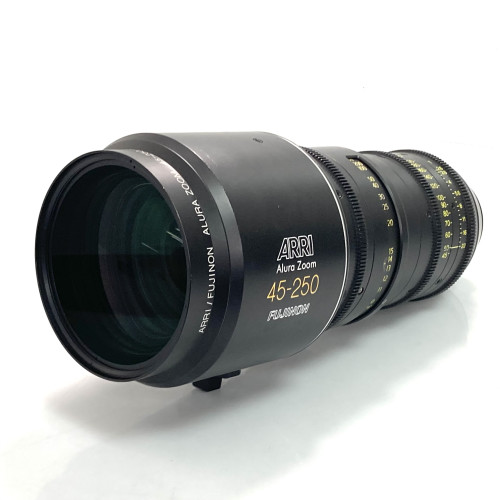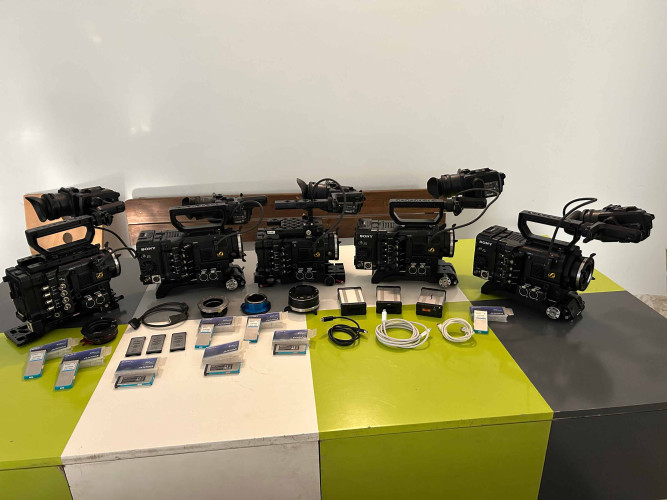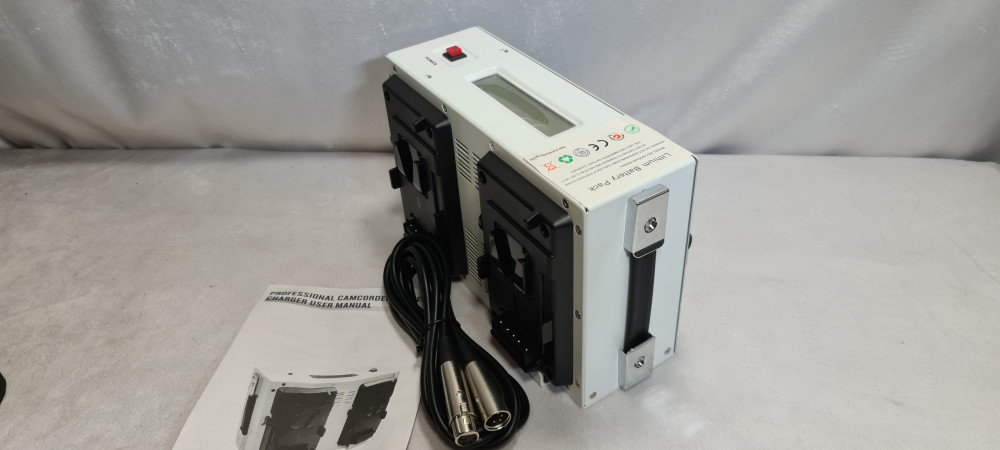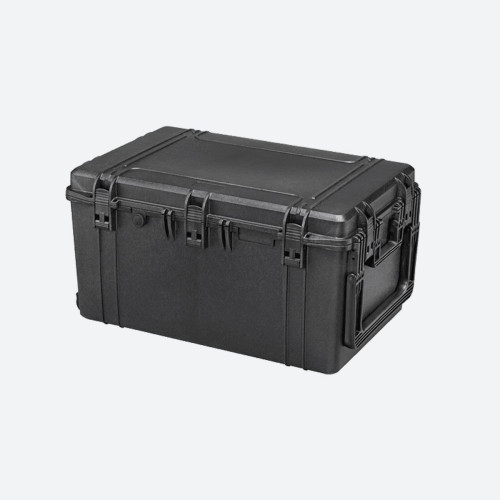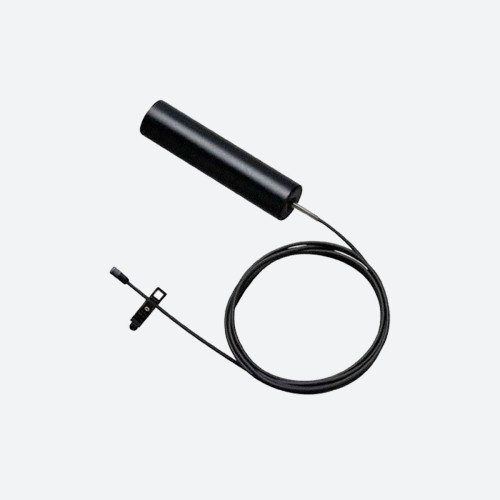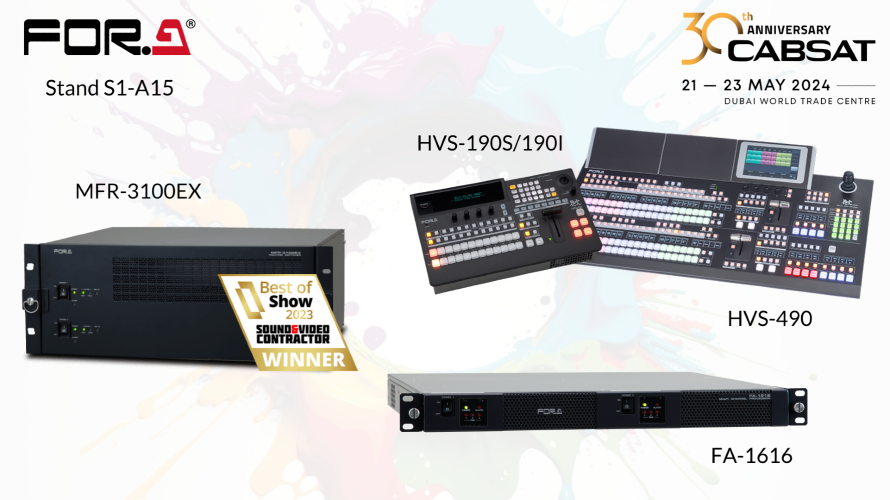OLED question and answer

Author: Bob Pank#
Published 1st August 2010
Q: What is OLED?
A: OLED stands for Organic Light Emitting Diode. OLEDs are relatively simple in structure, made up of an electrically active organic material sandwiched between an anode (a electron-releasing electrode) and a cathode (an electron-receiving electrode).
When an electric current runs through the system, the anode sends electrons to the cathode, creating a current through the organic material. This charges the organic material, and when positive and negative charges hit the same molecule, it releases a photon, which we perceive as glowing light.
Q: Is that what LED TV’s we see at consumer electronics stores are?
A: No. LED TVS are actually LCD TVs that use white LED lights as a backlight source. Unlike OLED, the image is still made by shining light through a liquid crystal diode.
Q: So what makes OLED superior to LCD?
A: The reason OLED is a significant improvement over LCD that each sub-pixel of an OLED panel is made up of organic carbon compounds that directly emit red, green or blue light, rather than LCD diodes that selectively block certain wavelengths in full-spectrum light as it passes through a liquid crystal. OLED’s far more efficient display technology allows for a wider color gamut with deep black levels, extremely fast image response, and very wide viewing angles.
Q: Why is largest OLED display available only 15” in size?
A: OLED technology is evolving rapidly. Because the organic material that makes OLEDs work has to be printed directly on a glass substrate, the limitation has always been defect-free panel yield. For example, a 1366x768 display is made up of over 3 million individually printed sub-pixels. Producing consistently defect free panels is required to keep unit costs down. As technology to increase yield improves, larger panel sizes will certainly follow.
Q: How is it possible to achieve 100,000:1 contrast ratio as the spec says for OLED?
A: The contrast limitation with typical LCDs has always been that the backlight source is always on. Therefore, dark pixels are those where the liquid crystals are turned to block light transmission. However, some light always leaks through. So true black is not possible.
With OLED, if the pixel is supposed to be black, then it simply dims instantaneously. This makes it possible for OLED to produce contrast ratios that extend beyond that of the best CRTs.
Q: Early OLED screens had reported issues with the blue organic material aging faster than red or green. Has this been resolved?
A: Yes. The organic compounds used in OLED displays are improving as well and the “blue” problem has been largely mitigated. However, much like early CRT and plasma displays, image retention is an issue for OLED and manufacturers are working toward improving “burn-in” resistance.
Q: What about color accuracy? Do OLED’s produce more accurate colors than LCD’s?
A: OLED’s produce more saturated colors than LCDs. However, the native color gamut of most OLEDs is wider than REC. 709. For professional video monitoring, a 3D lookup table needs to be mapped for a display. A 3D LUT is a three dimensional lattice of output color values used to plot specific colorspace so that accurate color can be achieved. Once this is done, the display can output accurate REC. 709 or other custom colorspaces.
Q: How much does OLED cost compared to LCD?
A: OLEDs are roughly 2-3 times more expensive than LCDs currently. However, as more displays hit the market, OLED prices should begin to plummet, eventually going lower than LCDs within the next 5 years.
Since 2002, TVlogic has been dedicated to developing and manufacturing the highest quality video monitoring systems available for broadcast, production and post production as well as digital signage & multi-viewer applications. As a leading pioneer of broadcast equipment in South Korea, their growth has been accentuated with expanded mass-production systems that consistently achieve higher performance, lower costs and enhanced quality control.
Today, TVlogic is one of the world’s leading broadcast monitor manufacturers. Their unique technology and innovative designs have provided customers in top broadcasting and production facilities around the world with reliable reference grade displays for the most critical viewing applications. TVlogic’s eight monitor lines encompass an ever-growing variety of professional video display requirements.
For more information on TVLogic in the UK please visit www.pyser-sgi.com



